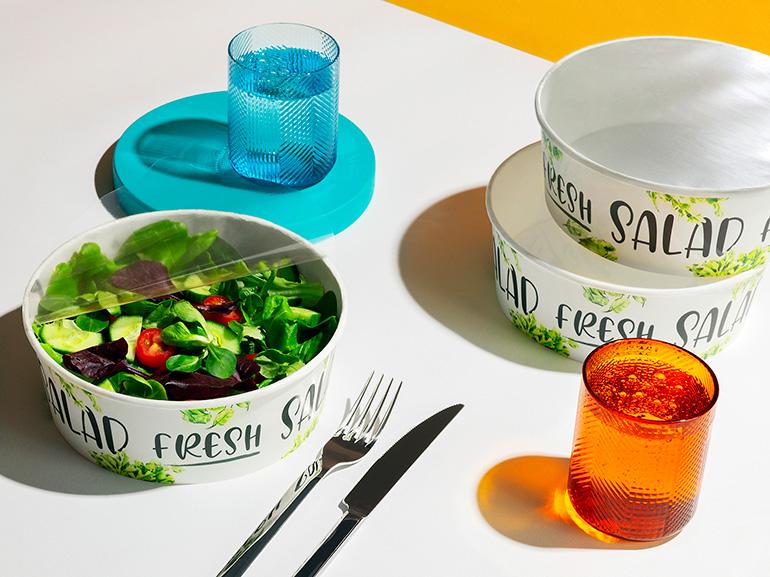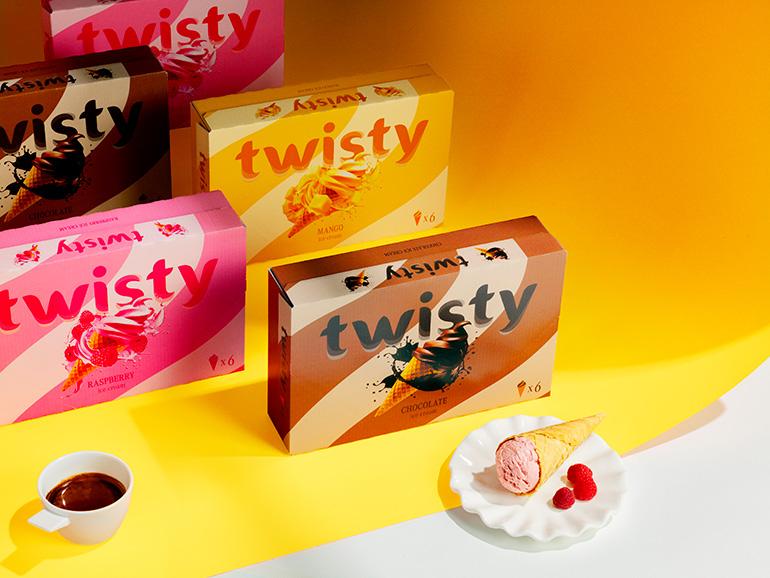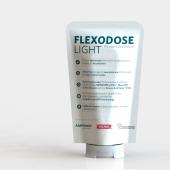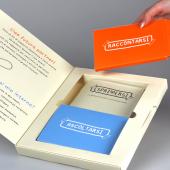Developing packaging proactively
Metsä Board ‘s packaging design team works on packaging innovation to improve functionality, combined with a correct use of resources to reduce environmental impact. New standards developed (and shared) in the use of carboard, corrugated and otherwise.
By Sami Anteroinen ed Elina Hovinen
The development of new packaging is not always based on customer orders or needs. Indeed, many of the new packaging solutions are the result of Metsä Board’s concept of open innovation development. Metsä Board’s premium paperboards are suitable for a wide range of packaging solutions the customers have not even thought of yet. The examples given below provide ample demonstration of this.
1.Setting world-record standards in corrugated printing
Metsä Board and its partners explored packaging for ice cream cones and the different stages of its value chain -ranging from material production to ink use and logistics - to produce a solution with an improved climate impact. The project design team selected lightweight fresh fibre materials and flexographic printing methods to achieve excellent usability and word-record printing quality with 188 lines per inch. The double-coated white-top kraftliner MetsäBoard Prime WKL, 125 g/m2, was picked as the top liner because it is light and has a smooth surface that enables excellent reproduction of detailed visuals. The inside liner and fluting were made from uncoated kraftliner (MetsäBoard Natural WKL Bright 90 g/m2), which is ideal for small and lightweight packaging requiring high strength. As a result, the new packaging has 8 per cent lighter weight reducing its carbon footprint as well.
2.Observe what exists and improve it
Metsä Board’s design team noticed that the market lacked a paperboard-based bowl with a hot-sealed lid that was large enough for transporting food. They got down to work - they came up with a versatile paperboard bowl for food, including for the takeaway context - and this innovation can accommodate even demanding dishes like soup. Thanks to a hot-sealed bowl, there is no risk of leakage of liquid. Currently in the test phase, the paperboard bowl innovation is likely to be piloted this year. The goal to be reached in cooperation with grocery stores is to renew fresh food packaging solutions by introducing more sustainable new packaging products and testing whether packaging solutions for take-away products could also be used for shelf products.
3. Redesigning rigid boxes with a lightweight structure
Another example is the so-called” rigid box”, a real staple of the packaging industry. The original rigid box is thicker than regular folding cartons, and does not fold or collapse - how do you match the performance but make the product more sustainable? The big game-changer turned out to be micro-flute, which is a significantly low fluting in corrugated boards consisting of a separate base and lid made of micro-flute. Its surface liner can be either uncoated, white kraftliner or coated white kraftliner. Of these three, the coated white kraftliner gives the package the best printing properties. As a result, the packaging is up to 50 per cent lighter in weight which has a positive impact on its carbon footprint as well.
Open innovation for the common good
«We want to open-mindedly test and explore new packaging solutions when we identify a development need and potential. Ideally, the new packages will find their way to the market. We believe that openly sharing ideas and new packaging concepts promotes development across the sector» says Ilkka Harju, Metsä Board’s Packaging Service Director. He continues: «By combining our material expertise, design competence, wide partner network and technologies, we can produce innovative packaging solutions. We want to show our customers real examples of all the things our paperboards can be used for».
Besides ongoing innovation projects, Metsä Board offers complete services to customers that need to focus on particular challenges, studying their packaging systems from different angles and covering the entire value chain, supporting them in achieving their development objectives.





















